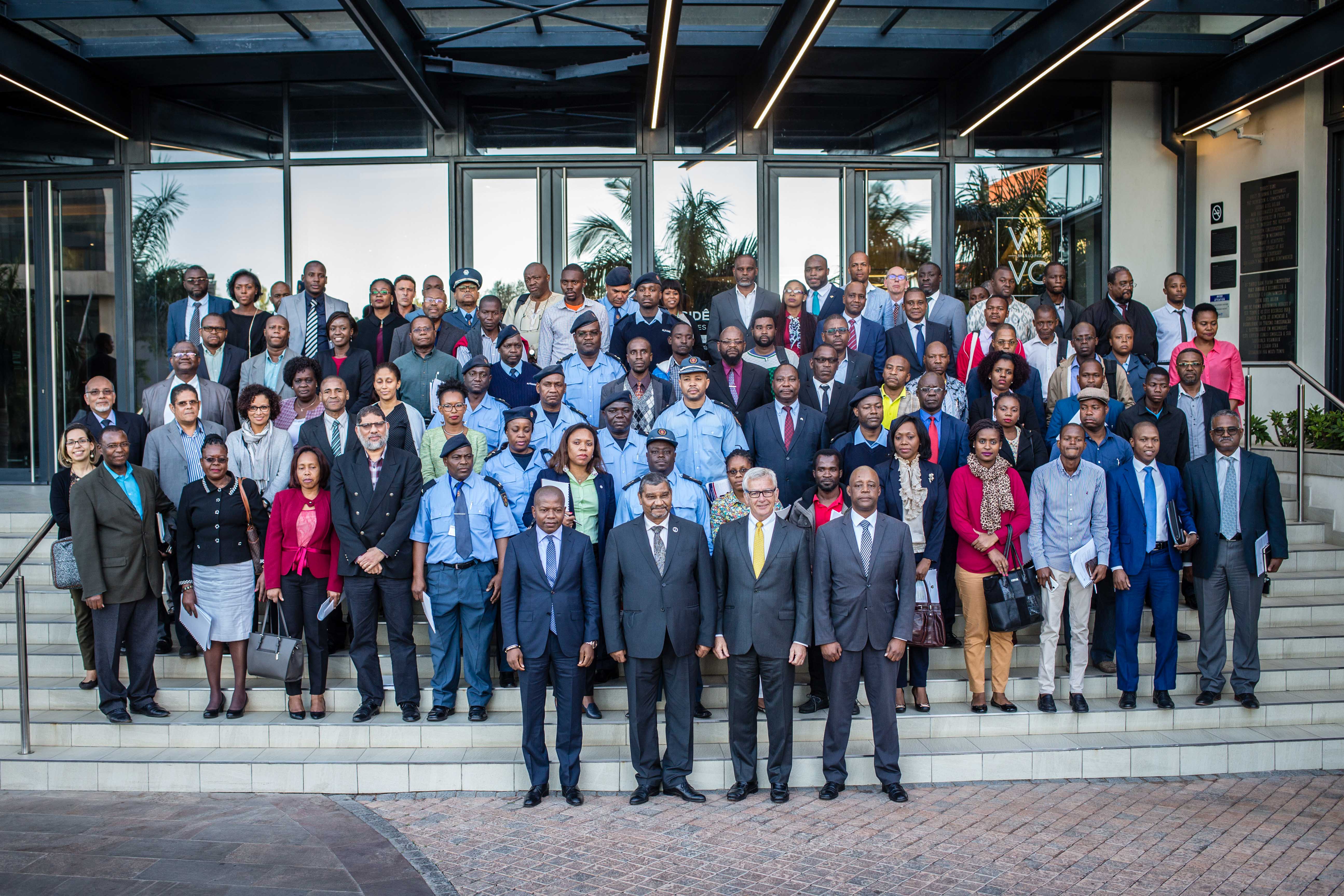The National Trade Facilitation Committee – Beyond the Launch

Viva the National Trade Facilitation Committee! So, the Committee has been launched, lots of interest generated, and energy is high for achieving change and facilitate commerce. This is good, but what is trade facilitation and how can it be improved? It can be summarized as transparency and efficiency for importing and exporting through simplification, standardization, harmonization and modernization of regulations and processes. But what does this really mean in practice? Is transparency straight forward? Would eliminating steps in processes mean simplification? And how is modernization defined: is it only the use of technology? These questions show that behind each of these words is a complex set of implications that make the implementation of agreements like the Trade Facilitation Agreement (TFA) not so straight forward.
Let us look at one provision of the TFA: the Single Electronic Window (SEW). Provision 4 of the TFA states that “Members shall endeavor to establish or maintain a single window, enabling traders to submit documentation and/or data requirements for importation, exportation, or transit of goods through a single entry point to the participating authorities or agencies”.
This provision seeks to facilitate trade through increased efficiency, reducing time and costs to the importer or exporter through the use of the Single Window. A Single Electronic Window is a facility (online) that allows parties involved in trade and transport to lodge standardized information and documents with a single-entry point to fulfill all import, export, and transit-related regulatory requirements. Mozambique established a SEW in 2009. The results have already been tremendous. Customs revenues are increasing, and the time required for business to clear goods has been reduced. Of course, this has directly translated to lower costs for the businesses and for the government.
Implementation of the Single Window, however, is not yet optimal. Institutions that play important roles in customs clearing still need to be integrated into the Single Window, for example: the Ministry of Agriculture and Food Security, that issues sanitary/phytosanitary licenses, the Ministry of Health for the imports of medicines, and others that issue permits for the import of specific goods. Integration has been slow. The reasons behind this challenge varies with each institution. There must first be a willingness to integrate into the system, with decisions made at the highest level mandating the required technical follow-through. To achieve integration, an internal process of simplifying procedures for issuing licenses must be completed. In some cases there is a need to build more trust in the system through better understanding of how it works, or a need for additional equipment for full implementation. It is for these reasons that the country has categorized this provision as Category C, meaning that Mozambique requires both additional time and technical assistance in order to fully implement an integrated window. This brief summary only touches on the tip of the iceberg that is the implementation of the SEW!
How will the full implementation of the SEW be achieved? The NTFC has to take on this challenge, bring the stakeholders together, be the driver for their integration into the SEW, make relevant institutions accountable for their part, and do the necessary work to fully implement this provision. And, this is only one of 41 Trade Facilitation Agreement provisions that can contribute to increased trade in Mozambique. The effectiveness of the NTFC is imperative if Mozambique seeks to improve efficiency in how it conducts trade. Building on the momentum created through the launch of the NTFC, the Committee now has to anchor itself for the work ahead, and push forward the reforms necessary to make a lasting impact on trade.
